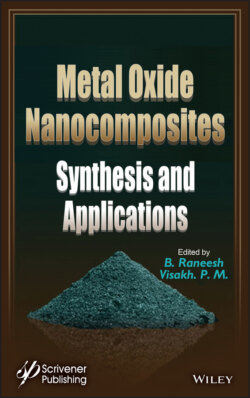Читать книгу Metal Oxide Nanocomposites - Группа авторов - Страница 69
2.11 Composites vs Metals
ОглавлениеWith the similar properties, there is always a choice between metals and reinforced composites. So, a comparison of main characteristics of both is made here:
1 1. Composites are much lighter than metals. Generally, composites based structures, due to their low density, are 25-45% lighter than the aluminum structures for same use. The densities range from 1260 to 1820 kg/in3 for composites to 2800 kg/in3 for aluminium.
2 2. The specific tensile strength of unidirectional fiber composites is almost 4 to 6 time higher than steel and aluminium. Also, they have high specific -modulus (ratio of the material stiffness to density) about which is 3 to 5 times greater than that of steel and aluminium.
3 3. The value of fatigue endurance limit of composites can be 60% of their ultimate tensile strength which is very less for steel and aluminium.
4 4. Excellent damping features of fiber reinforced composites make them to possess less noise and lower vibration transmission than metals.
5 5. Due to excellent high corrosion resistance, composite’s life cycle is more than metals.
6 6. As compared to metals, the fiber composites are more adaptable to meet performance needs and complex design requirements of aircraft.
7 7. The costs of composites manufacturing is lower because of parts simplification and integrated design.
8 8. As compared to metals, the composites possess long term durability.
